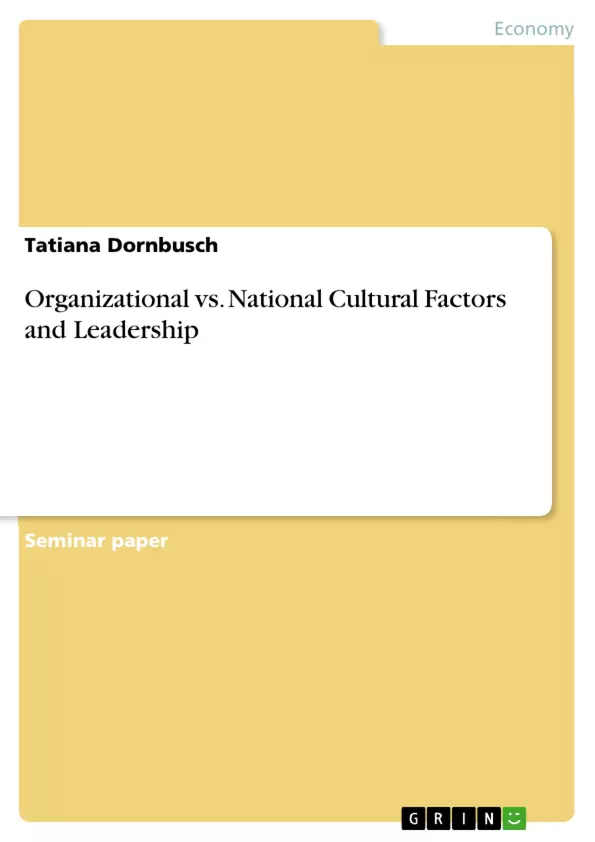In the current business environment, not only organizations and companies operate outside national borders, but also individuals leave their native environment and move to other countries or continents. This is not a new trend, international business activities have been taken place for centuries, but today they are part of the daily operations for many organizations. The reason is the ongoing globalization, especially since the 1960s, which results in increasing and tightening the relations between national economies as well as between companies.
In the multinational environment, we observe a transfer of knowledge, know-how, technology, and, of course, an interaction of different cultures.
In this context, the cultures are more difficult to decipher because the forces, that work behind the cultures, are often invisible, but they determine the behaviour of individuals. The cultural intelligence of the leadership is therefore essential not only for a survival but also for an effective and successful performance in a multicultural environment.
Inhaltsverzeichnis (Table of Contents)
- Introduction
- Task and Objective
- Structure of Work
- Fundamentals of Theory
- National Culture
- Organizational Culture
- Three Levels of Culture by Edgar Schein
- Charles Handy's Organizational Culture
- Strong and Weak Organizational Cultures
- National vs. Organizational Culture: Which is Stronger and Where is the Difference?
- Leadership
- Leadership styles
- Influence of Cultural Factors on Leadership
Zielsetzung und Themenschwerpunkte (Objectives and Key Themes)
This thesis aims to explain and discuss the difference between organizational and national culture. It investigates how cultural factors influence leadership, specifically focusing on the difference between national and organizational factors in shaping leadership styles.
- National Culture
- Organizational Culture
- Leadership Styles
- Influence of Culture on Leadership
- National vs. Organizational Cultural Factors in Leadership
Zusammenfassung der Kapitel (Chapter Summaries)
Chapter 1 introduces the thesis, outlining its objective and structure. Chapter 2 delves into the theoretical fundamentals of culture, defining both national and organizational culture through various models and research approaches. This chapter also explores the role of culture in the workplace. Chapter 3 focuses on leadership, examining the interplay between culture and leadership, as well as the impact of national and organizational cultures on the work environment.
Schlüsselwörter (Keywords)
This thesis focuses on the concepts of national and organizational culture, their impact on leadership styles, and the interplay between these cultural factors in shaping the work environment. Key terms include national culture, organizational culture, leadership styles, cultural influence, and the differences between national and organizational factors in leadership.
- Quote paper
- Tatiana Dornbusch (Author), 2021, Organizational vs. National Cultural Factors and Leadership, Munich, GRIN Verlag, https://www.grin.com/document/1415430



